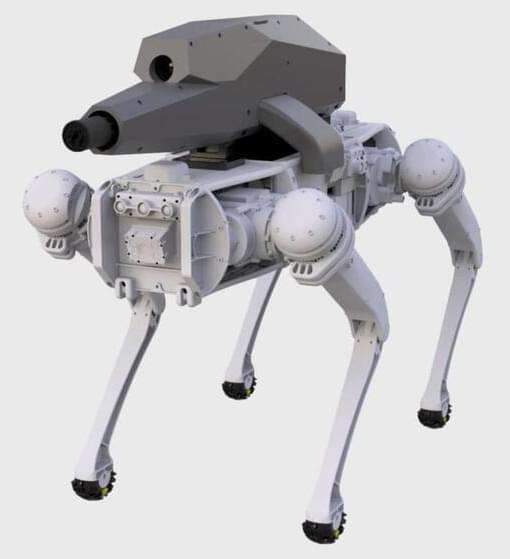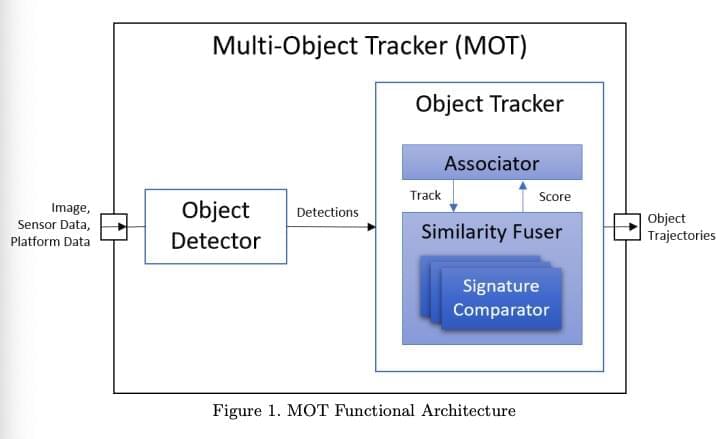MT-NLG is a beast that fed on over 4,000 GPUs.



Today we learned that an art group is planning a spectacle to draw attention to a provocative use of our industrial robot, Spot. To be clear, we condemn the portrayal of our technology in any way that promotes violence, harm, or intimidation. It’s precisely the sort of thing the company tries to get out in front of. After decades of killer-robot science-fiction, it doesn’t take much to make people jump any time an advanced robot enters the picture. It’s the automaton version of Rule 34 (in staunch defiance of Asimov’s First Law of Robotics): If a robot exists, someone has tried to weaponize it.
Full Story:
Let’s talk about strapping guns to the backs of robots. I’m not a fan (how’s that for taking a stand?). When MSCHF did it with Spot back in February, it was a thought experiment, art exhibit and a statement about where society might be headed with autonomous robotics. And most importantly, of course, it was a paintball gun. Boston Dynamics clearly wasn’t thrilled with the message it was sending, noting:

The math is pretty basic. How many satellites are going to go up over the next decade? How many solar panels will they need? And how many are being manufactured that fit the bill? Turns out the answers are: a lot, a hell of a lot, and not nearly enough. That’s where Regher Solar aims to make its mark, by bringing the cost of space-quality solar panels down by 90% while making an order of magnitude more of them. It’s not exactly a modest goal, but fortunately the science and market seem to be in favor, giving the company something of a tailwind. The question is finding the right balance between cost and performance while remaining relatively easy to manufacture. Of course, if there was an easy answer there, someone would already be doing that.
Full Story:
Intech Company is the ultimate source of the latest AI news. It checks trusted websites and collects bests pieces of AI information.
We spent 24 hours exploring 575 underground bunkers in the middle of South Dakota being converted into the worlds largest prepper community. Get Surfshark VPN at https://surfshark.deals/karaandnate.
and enter our code KARAANDNATE for 83% off and 3 extra months for free!
Vlog 765 | #vanlife at xPoint, South Dakota, USA | State 27/50 | Filmed April 8 2021.
📸 Follow us on Instagram for behind the scenes content: @karaandnate https://www.instagram.com/karaandnate/
🗺 Create your own CUSTOM route map from your favorite vacation, city, or road trip with our new site! https://atlas.co/
✈️ We created FareDrop to help you score super cheap international flights! Try it for free and get flight deals up to 80% off ➡️ https://faredrop.com/ ⬅️
📧 Sign up for our Sunday Summary email here — https://karaandnate.com/sunday-summary/

To efficiently navigate their surrounding environments and complete missions, unmanned aerial systems (UASs) should be able to detect multiple objects in their surroundings and track their movements over time. So far, however, enabling multi-object tracking in unmanned aerial vehicles has proved to be fairly challenging.

To efficiently navigate their surrounding environments and complete missions, unmanned aerial systems (UASs) should be able to detect multiple objects in their surroundings and track their movements over time. So far, however, enabling multi-object tracking in unmanned aerial vehicles has proved to be fairly challenging.
Researchers at Lockheed Martin AI Center have recently developed a new deep learning technique that could allow UASs to track multiple objects in their surroundings. Their technique, presented in a paper pre-published on arXiv, could aid the development of better performing and more responsive autonomous flying systems.
“We present a robust object tracking architecture aimed to accommodate for the noise in real-time situations,” the researchers wrote in their paper. “We propose a kinematic prediction model, called deep extended Kalman filter (DeepEKF), in which a sequence-to-sequence architecture is used to predict entity trajectories in latent space.”

Founders tend to think responsible AI practices are challenging to implement and may slow the progress of their business. They often jump to mature examples like Salesforce’s Office of Ethical and Humane Use and think that the only way to avoid creating a harmful product is building a big team. The truth is much simpler.
I set out to learn how founders were thinking about responsible AI practices on the ground by speaking with a handful of successful early-stage founders and found many of them were implementing responsible AI practices.
Only they didn’t call it that. They just call it “good business.”

For example, the end could come as “heat death” (a reverse of the Big Bang known as the Big Crunch) or The Big Rip (when dark energy becomes so powerful it tears everything we know to pieces). But another possibility that has gained traction is the Cosmic Death Bubble.
The details of this death by bubble are pretty complicated, but it’s based on the idea that the universe is metastable, which means it’s not in its lowest or most stable energy state. While we’re okay for now, there’s the (remote) possibility that the universe could drop into a lower energy state, which would set off a giant light-speed bubble that destroys everything it touches.
Now, as Erik Vance at LiveScience reports, researchers have calculated how long before this Cosmic Death Bubble comes for us, if it happens at all.


Origin’s two flights, however, didn’t go nearly as far, reaching the only outer limits of the Earth’s atmosphere and nowhere near orbit.
Earlier today, the company sent “Star Trek” actor William Shatner to the far reaches of our planet’s atmosphere as part of the company’s latest launch.
“So none of this, going up for three minutes and coming back down,” Kaku remarked. “No, we’re talking about the Moon now.”